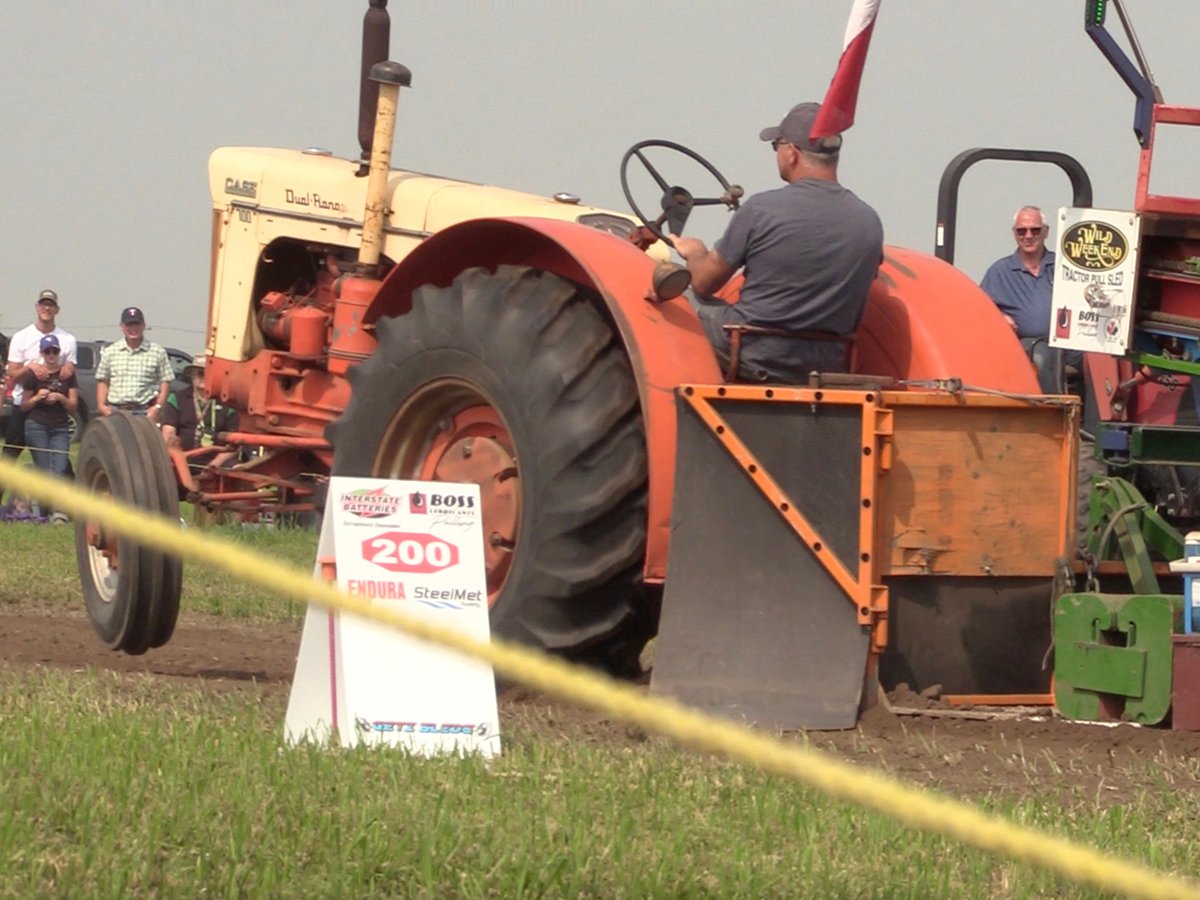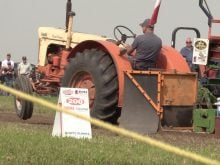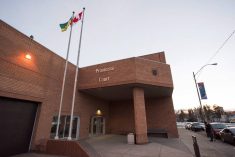CRAIK, Sask. – Betty Anderson thought residents of Craik were throwing away too much of its past, so she devoted the last 20 years of her life to make sure that didn’t happen.
Friends and volunteers like Mary Eva remember Anderson as the spark plug behind the creation of the town’s Prairie Pioneer Museum, which would not have happened without her drive.
“She was very good at that, getting people going,” said Eva.
Anderson rounded up an assortment of artifacts from doctor’s kits to table settings. She took the Volkswagen Beetle she dubbed Adolf on her treasure hunts and filled the home she shared with her husband, Harry.
Read Also

Vintage power on display at Saskatchewan tractor pull
At the Ag in Motion farm show held earlier this year near Langham, Sask., a vintage tractor pull event drew pretty significant crowds of show goers, who were mostly farmers.
“She begged and borrowed and traded and lugged everything to her house,” said Eva. “She said the Anderson house had elastic walls.”
A familiar saying of Anderson’s was, “every time people see me, they think old junk.”
The museum idea was hatched following a heritage display at a 1965 Saskatchewan Women’s Institute district convention in Kenaston.
Anderson found many people knew about many of the vintage items but had misplaced, trashed, sold or given theirs away.
Eva said many people were so happy to get new things after the lean Depression years that much of their well-weathered articles were discarded.
“It seemed as if we were destroying our roots.”
Eva felt people had to hit middle age before the past really started to matter to them.
Anderson and her band of volunteers, with little or no money, were able to secure two old schoolhouses from the Sprattsville and Cherry Grove districts, and outbuildings over the years.
They proceeded to fill the space with what they had collected, setting up displays like kitchen scenes and classrooms and photo collections.
Anderson grew up in the Foxbury district of Saskatchewan and attended boarding school in Regina before her family, the Smiths, moved to California.
She returned to complete her nurse’s training in Saskatoon and married a farmer in 1934 at the height of the Depression.
Joan Maier, Anderson’s daughter, said her mother nursed in the district for many years.
“She delivered babies during the Depression without hope of pay, after looking after the house and family for two weeks, as well as the mother and baby,” said Maier.
Her familiarity with the community allowed her to access museum items, logging many kilometres at a time when power and water services were just coming to the farms she visited.
“It was a very timely endeavour, for she got a lot of stuff,” said Maier, who noted Anderson added many of her own family heirlooms to the museum.
A long shadow away from the museum grounds lives Margaret Reich, who eagerly opens the doors for a tour.
She said the museum project began without any funds, later raising $100 to move buildings to the present site.
Reich called Anderson a witty and determined woman who didn’t know the meaning of no.
“Through her dedication, she got the museum going,” she said.
Maier called her mother an avid reader and traveller who liked to keep busy.
“She was interested in everything,” she said.
Anderson’s own collection was so large that it took two auctioneers to sell all the goods at an estate sale following her death in 1984.
“There was a hay rack of dolls and a hay rack of books,” said Maier.
Edith Dixon, first secretary of the museum board, recalled Harry quietly supporting her project.
“He was one of those husbands who found it easier to go along rather than fight,” she said. “When she got her teeth in, she didn’t let go.”
Dixon recalled getting lost while accompanying Anderson on one of her treasure hunts.
“She had no idea what she was looking for. She was just looking,” she said.
Dixon called the museum an important record of the past and an acknowledgement of what the pioneers accomplished in the town.
“If it hadn’t been for those people, we wouldn’t be here,” she said.
















